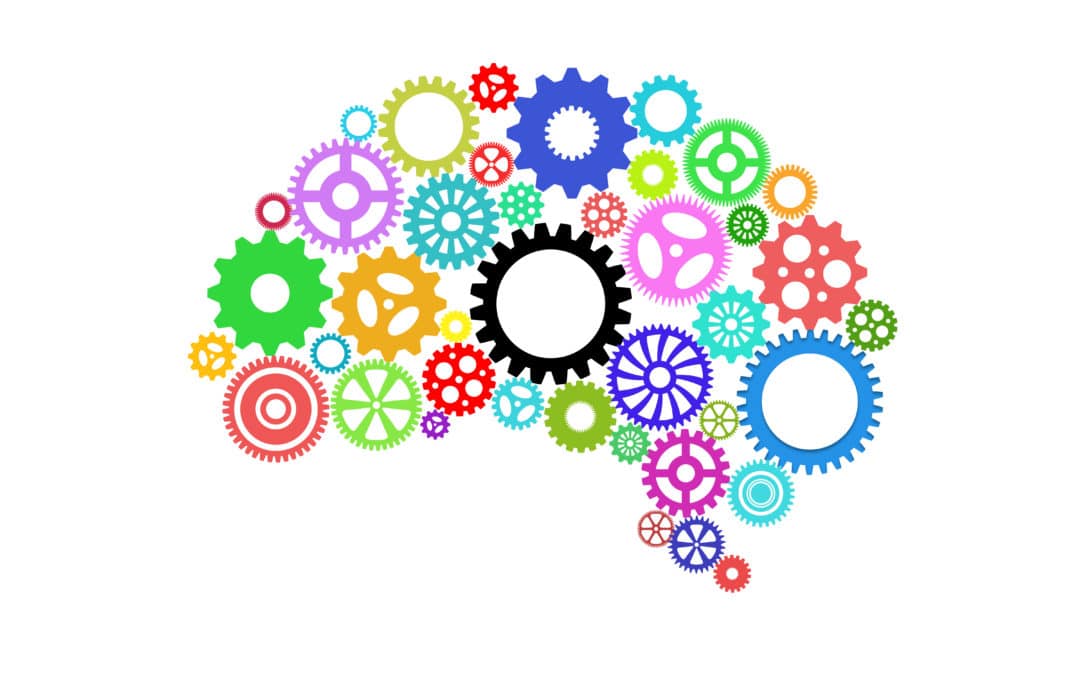People skills, emotional intelligence and agility — development terms that fall under the umbrella of soft skills — are generally accepted as vital to advancement within an organization. They are important to a company by supporting succession and lowering turnover. They are important to individuals for career success and fulfillment.
Hard skills for particular job functions—engineering, accounting, marketing, etc.—are crucial, too, but it’s usually a lack of soft skills that most often causes people to miss goals, encounter conflict, derail and separate from the organization.
The article “Investing for Soft Skills: Build, Buy or Both” by business professor Tim Rahschulte in the January/February issue of CLO Magazine, states the case for making soft skills development a factor in hiring (buying skills) as well as ongoing learning engagements (building skills).
You have the option to develop or build soft skills among your employees. You can also buy those skills by hiring the right people with those skills in the first place. Or you can do both. For most organizations, it’s not an either-or decision, rather it’s both-and.
—Tim Rahschulte
Rahschulte also describes employee-employer touch points at which soft skills can be evaluated, encouraged and coached.
You can follow this approach by building your training and development strategy to hire and onboard people who are already adept at the soft skills you need with talent acquisition assessments like those in the TriMetrix suite. Learning engagements with more experienced employees should periodically include 360 assessments to support feedback to individuals on ways they can be more effective in their interpersonal interactions and group leadership.
By making such self-awareness based tools and exercises integral to employee development, you start to establish a learning organization in which people are noticing how their behavior helps or hinders their work and collaborative skills. An employee who has received feedback from an assessment process is more likely to observe and evaluate her own behavior.
This supports the 70 20 10 model which says 10% of knowledge comes from formal education engagements, 20% of knowledge comes from interactions with individuals and the majority—70%—of knowledge results from on-the-job experience.
When your people understand the importance of soft skills and have become comfortable receiving feedback to guide their development, they’re more likely to benefit from the day-to-day “70 and 20” learning opportunities.

